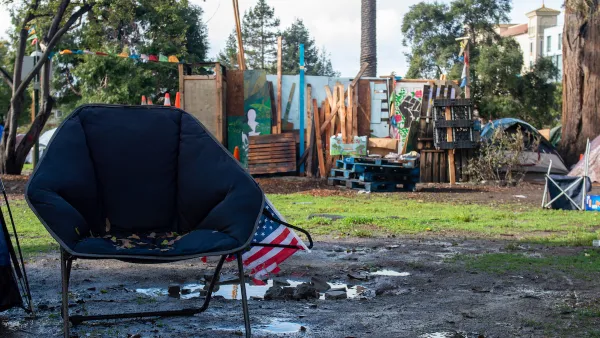The California Supreme Court ruled against the university in a battle over a proposed enrollment cap, forcing the school to reject thousands of potential new students.

After a legal battle over a proposed hike in enrollment, the University of California, Berkeley will be forced to cut enrollment by roughly 3,000 students in the coming fall. Nanette Asimov and Bob Egelko report on the saga, which began when a neighborhood group sued on the grounds that the university did not conduct the appropriate Environmental Impact Review (EIR) for its proposed expansion.
In August, Superior Court Judge Brad Seligman ordered the campus to cap enrollment at 42,237 — the fall 2020 number — and to halt construction of its Upper Hearst project at 2698 Hearst Ave.: two buildings intended to house professors and add classrooms for the Goldman School of Public Policy. Neighbors had argued that the university failed to properly plan for the increased noise, traffic and other quality-of-life problems the project would bring.
Save Berkeley's Neighborhoods, the group that brought the lawsuit, says it does not want to stop the university's projects altogether, but rather to ensure the university conducts an adequate analysis of potential impacts. "On a 4-2 vote, in a one-sentence order without further comment, the court refused to lift the enrollment freeze ordered by an Alameda County judge and denied review of an appellate ruling requiring the university to conduct further environmental review of an off-campus construction project while it limits incoming enrollment."
The article details the lawsuit and subsequent appeals, which culminated on March 3 with the California Supreme Court decision.
A proposed state bill making its way through the California legislature would exempt public universities from CEQA requirements, which could prevent future battles similar to this one.
FULL STORY: UC Berkeley must withhold thousands of acceptance letters after state Supreme Court ruling

National Parks Layoffs Will Cause Communities to Lose Billions
Thousands of essential park workers were laid off this week, just before the busy spring break season.

Retro-silient?: America’s First “Eco-burb,” The Woodlands Turns 50
A master-planned community north of Houston offers lessons on green infrastructure and resilient design, but falls short of its founder’s lofty affordability and walkability goals.

Delivering for America Plan Will Downgrade Mail Service in at Least 49.5 Percent of Zip Codes
Republican and Democrat lawmakers criticize the plan for its disproportionate negative impact on rural communities.

Test News Post 1
This is a summary

Test News Headline 46
Test for the image on the front page.

Balancing Bombs and Butterflies: How the National Guard Protects a Rare Species
The National Guard at Fort Indiantown Gap uses GIS technology and land management strategies to balance military training with conservation efforts, ensuring the survival of the rare eastern regal fritillary butterfly.
Urban Design for Planners 1: Software Tools
This six-course series explores essential urban design concepts using open source software and equips planners with the tools they need to participate fully in the urban design process.
Planning for Universal Design
Learn the tools for implementing Universal Design in planning regulations.
EMC Planning Group, Inc.
Planetizen
Planetizen
Mpact (formerly Rail~Volution)
Great Falls Development Authority, Inc.
HUDs Office of Policy Development and Research
NYU Wagner Graduate School of Public Service





























